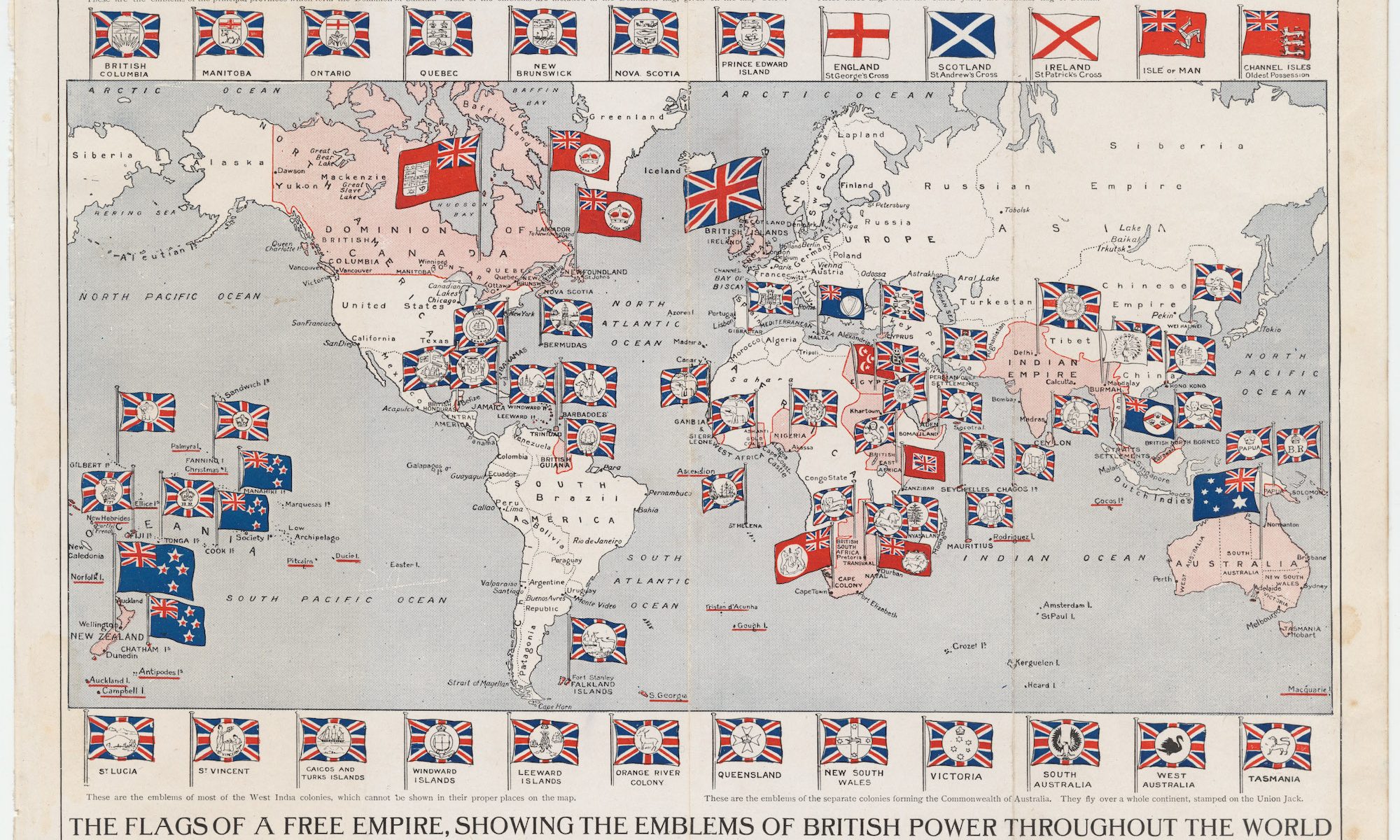 Like many people, my reaction to the 2016 election centered around shock and awe–awe, that is, in the sense of being present at some force that overwhelmed my senses. Over the past month, I have worked hard to divide my response into answering three questions:
Like many people, my reaction to the 2016 election centered around shock and awe–awe, that is, in the sense of being present at some force that overwhelmed my senses. Over the past month, I have worked hard to divide my response into answering three questions:
- Why did Hillary Clinton lose?
- Why did Donald Trump enjoy so much support?
- What will a Trump presidency mean for international order and U.S. foreign policy?
The answer to #3 is my day job, and I don’t have much to say–yet–in this space. The answer to #1 is complicated, and the war over campaign strategy and tactics is being waged through leaks, analyses, and Twitter pot-shots. But #2 turns out to be something that many thinkers were well-positioned to deal with.
Carol Anderson’s White Rage is, with Arlie Hochshild’s Strangers in Their Own Land, Kathy Cramer’s Politics of Resentment, and Nancy Isenberg’s White Trash (my mixed review is here) , one of the books Ive read to answer #2. And note that #2 and #1 are really different questions: even had Trump only received 200 electoral votes and 45 percent of the popular vote share, that would still, I think, pose a puzzle.
Anderson’s book, written before Trumps election, nevertheless provides a deep story to explain why Trump could be appealing for many. The trigger for white rage, inevitably, is black advancement, she writes:
It is not the mere presence of black people that is the problem; rather, it is blackness with ambition, with drive, with purpose, with aspirations, and with demands for full and equal citizenship. It is blackness that refuses to accept subjugation, to give up. A formidable array of policy assaults and legal contortions has consistently punished black resilience, black resolve. And all the while, white rage manages to maintain not only the upper hand but also, apparently, the moral high ground. It’s Giuliani chastising black people to fix the problems in their own neighborhoods instead of always scapegoating the police. Its the endless narratives about a culture of black poverty that devalues education, hard work, family, and ambition.
This is, in many ways, a much more successful book than Isenberg’s White Trash, mostly because Anderson has a more focused and polemical goal. Anderson’s history begins with Reconstruction and progresses to the present day (one has the feeling that she would have loved to have the manuscript for an additional month or even day to chronicle the unfolding spectacle of the 2016 campaign, which vindicated many of her claims).
She is on by far her strongest ground when she details how the institutions of American governance, from Southern school boards to the US Supreme Court, have crafted and enforced racial policies that made climbing the economic and social ladder all but impossible for African-Americans between approximately 1875 and 1965. As she notes, these barriers were not merely Southern phenomena, although she is on solid ground when discussing how deeply racist Southern institutions were; some school districts were simply closed for years rather than comply with Brown vs. Board of Education, for instance. Instead, even when African-Americans left the South to seek better jobs and lives in the North, they quickly encountered what Van Jones calls whitelash. African-Americans were forced into segregated neighborhoods and economies that were, although more congenial than the crypto-slavery of sharecropping, nevertheless a distinctly separate and unequal existence.
Anderson documents how eminently respectable Supreme Court jurists, federal officials, and ordinary White people participated in erecting these legal barriers–sometimes out of expedience (letting Southern Whites erect an Apartheid state was easier than prolonging Reconstruction) and sometimes out of racialized fears (George Wallace voters weren’t just Southern rednecks but Detroit factory workers). One reads the first three-quarters of the book with the mounting realization from concrete details of just how extensive American racism was–and how dangerously ignorant and naive it is to claim, as many yet do, that if Blacks had just worked harder they would have avoided their dismal fate. Not only did many try, but when they did, they faced vengeful officials and vigilantes who could reverse all their gains in an evening.
Anderson’s last few chapters are less successful. First, the dismantling of much overt racist institutions means that structural racism is harder to detect and harder to categorize than it was in the pre-Civil Rights era. Second, I suspect that she is more credulous when dealing with allegations that the CIA brokered the drug war than the sources warrant; as Michelle Alexanders The New Jim Crow and other texts have documented, the case against the carceral state is strong enough without engaging in relatively thinly sourced allegations. (The footnotes do not help substantiate Anderson’s case, certainly not in the same way that the chapters on Reconstruction or education policy do.)
More generally, her focus lingers perhaps too much on the named players of national politics and not enough on the biggest puzzle: why does the cycle of Black progress and White resentment keep persisting in ways that other ethnic backlashes don’t? In other words, is there something special about how Whites perceive Blacks (and vice versa) compared to other minority groups? (There doesn’t seem to be much of a market these days for a book about Straight Rage, for instance.) I don’t know–this isn’t my area!–and thats a question for a different book, anyhow.
This is a better, shorter, more pointed book than White Trash. If you buy only one of the pair, buy this one.
